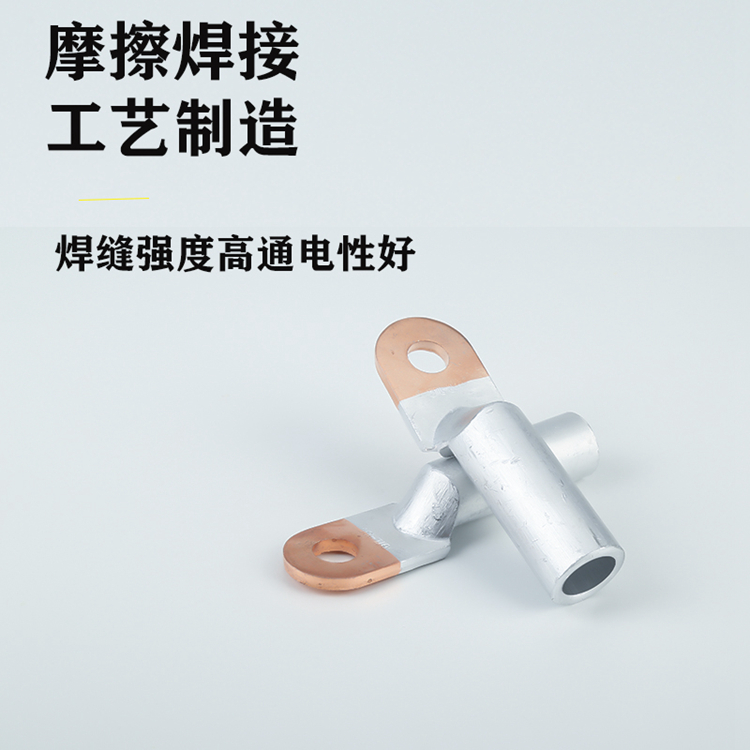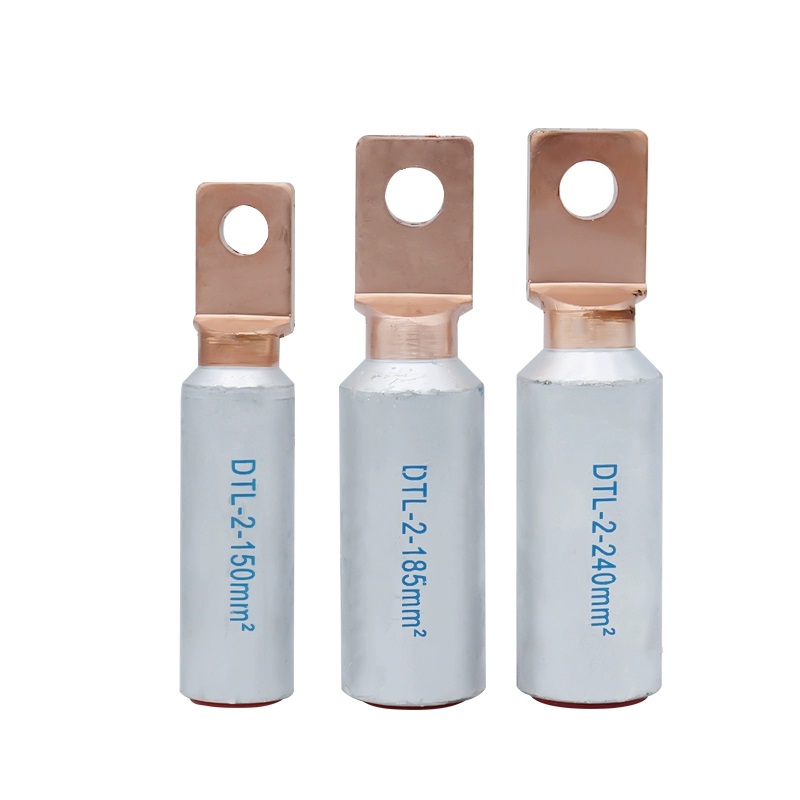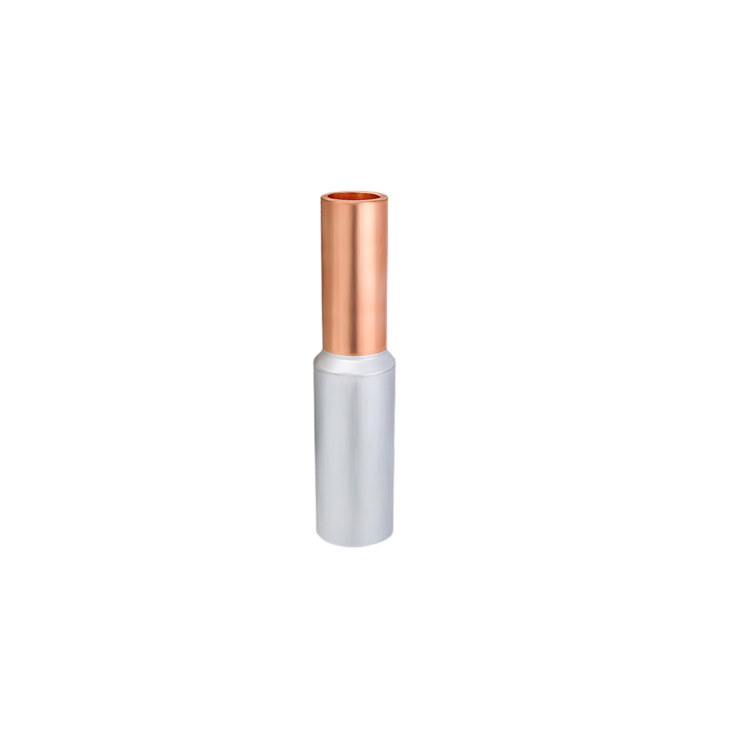
Principles, advantages and disadvantages of friction welding
Release time:2023-04-27 Click:645
Principles, advantages and disadvantages of friction welding
1、 Introduction: Friction welding is a method that uses the heat generated by the friction between the end faces of workpieces to make the friction surface reach a plastic state, and then upsets to complete the welding;
1. Working principle of friction welding: In the process of friction welding, workpieces are mechanically contacted under pressure, and the rotation or relative movement between workpieces will lead to the generation of friction heat and plastic displacement of atoms on the friction surface.
Under the combined action of pressure and frictional heat, atoms near the friction surface of the weldment are activated (atomic diffusion intensifies, surface oxide layers and pollutants are squeezed out), leading to migration and formation of connections.
2. The biggest difference between friction welding and traditional fusion welding is that in the whole welding process, the temperature at which the energy of the metal to be welded rises does not reach its melting point, that is, the metal is forged like solid phase connection under the thermoplastic state;
3. Compared with traditional fusion welding, friction welding has high quality of welded joints, which can reach the strength of weld and base material, high welding efficiency, stable quality, good consistency, and can realize welding of dissimilar materials;
4. New technologies of friction welding, such as superplastic friction welding, linear friction welding, friction stir welding, etc., make it more and more widely used in high-tech fields such as aviation, aerospace, nuclear energy, marine development, and industrial sectors such as power, machinery manufacturing, oil drilling, automobile manufacturing;
5. The technology of friction welding has developed from several traditional forms to more than 20, greatly expanding the application field of friction welding. The shape of the parts to be welded is expanded from typical circular section to non-circular section (linear friction welding) and plate (friction stir welding),
The welding materials have expanded from traditional metal materials to the fields of powder alloys, composite materials, functional materials, refractory materials, as well as new and heterogeneous materials such as ceramics and metals
2、 Advantages of friction welding:
1. Stable welding quality, high dimensional accuracy of welding parts, and lower joint scrap rate than resistance butt welding and flash butt welding.
2. High welding productivity, 5 to 6 times higher than flash butt welding.
3. Suitable for welding dissimilar metals, such as connections between carbon steel, low alloy steel, stainless steel, high-speed steel, and copper stainless steel, copper aluminum, aluminum steel, steel zirconium, etc.
4. Low processing cost, power saving, and no special cleaning required for welded parts.
5. It is easy to achieve mechanization and automation, easy to operate, and the welding workplace is free of sparks, arc light, and harmful gases.
3、 Disadvantages of friction welding:
It is difficult to weld non circular sections by rotating the workpiece. Disc shaped workpieces and thin-walled pipe fittings are difficult to grip and weld. Due to the power limitation of the welding machine spindle motor,
At present, the maximum cross section that can be welded by friction welding is 20000 square millimetre. The friction welding machine has large one-time investment cost and is suitable for mass production.

Hot products

DTL-2 Square Head Copper-Aluminum Terminal

GTL Copper Aluminum Connecting Tube Copper Aluminum Straight Tube Terminal

Wire Copper Connecting Pipe Intermediate Joint Cable Copper Pipe Joint Straight Connecting Pipe

European type cold press pre-insulated VE series needle terminal tube terminal
Tel:8615355980302
E-mail:amykingcan@aliyun.com
